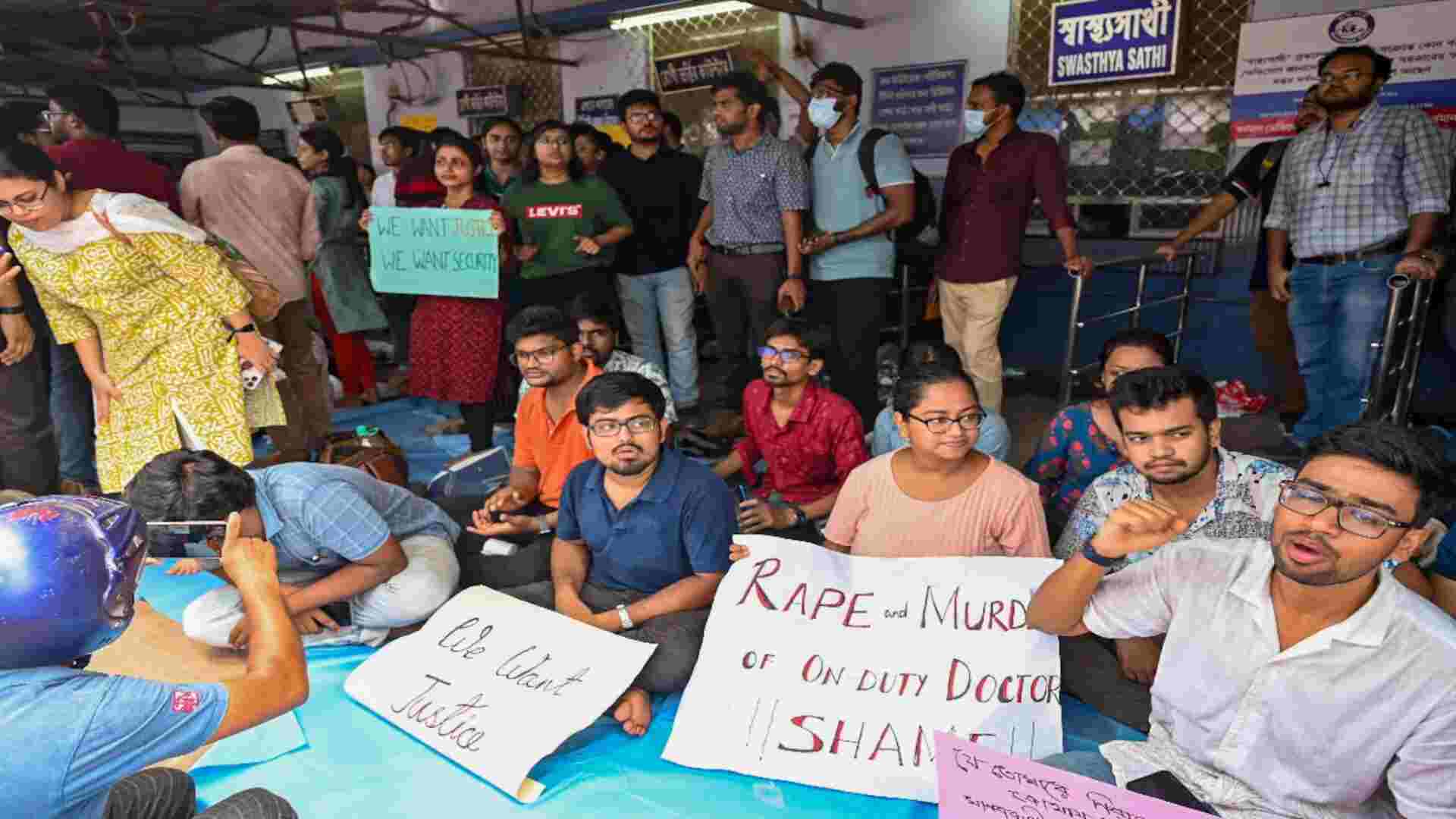The post-mortem report of the Kolkata doctor who was allegedly raped and murdered has debunked widespread social media rumors, which falsely claimed that 150 grams or even 150 milligrams of semen were found on the victim’s body. The actual report clarified that the 150 grams mentioned referred to the weight of the victim’s internal genitalia, specifically the uterus, rather than any fluid quantity.
A senior forensic scientist, speaking to News18, explained that it’s standard practice for forensic reports to document the weight of organs. In this case, the 150 grams relates to anatomical measurements and not to the presence of any fluids.
The case, which has shocked the city, saw a crucial development as News18 obtained exclusive details from the post-mortem report and investigation notes. These details cast doubt on the claims circulating on social media about the alleged quantity of semen found on the victim’s body.
When the forensic team arrived at the crime scene, almost five hours after the incident, they discovered that any fluids present had already congealed, turning into a smear. Samples were collected from the affected areas, but no liquid or fluid was gathered. These samples, which included residual blood, semen, and vaginal swabs, were sent to the Central Forensic Laboratory in Kolkata on August 12, three days after the crime occurred.
A senior police officer clarified that the process of collecting forensic evidence, storing it properly, and completing the necessary paperwork before submitting it to the laboratory follows a strict protocol, which inevitably takes time. The report from the Central Forensic Laboratory is expected by Wednesday and will be forwarded to the Central Bureau of Investigation (CBI), as directed by the Kolkata Police.
This forthcoming report will include detailed DNA profiling, which is crucial in identifying the perpetrator or perpetrators involved in the crime. Senior forensic scientists and police officers have emphasized that the DNA analysis will be key in determining the exact number of individuals responsible.
A senior forensic expert, who has served in central forensic laboratories and worked on complex cases of rape and murder, elaborated on the critical role of the uterus in forensic examinations. “The uterus is a crucial organ that preserves fluids, swabs, or semen for a long time,” the scientist said.
Once the samples are collected and placed in a machine for DNA profiling, there can be no external influence, ensuring that the results are highly accurate. In this case, the uterus of the victim, weighing 150 grams, was preserved and analyzed. The collected samples, including residual blood, semen, and vaginal swabs, were mixed with other bodily fluids and examined by a panel of experts.
“The DNA samples will provide detailed information. It will reveal whether the DNA belongs to one person or is mixed, indicating the involvement of multiple perpetrators,” the expert added. The case now hinges on the results of this DNA profiling, which will be instrumental in bringing those responsible to justice.







